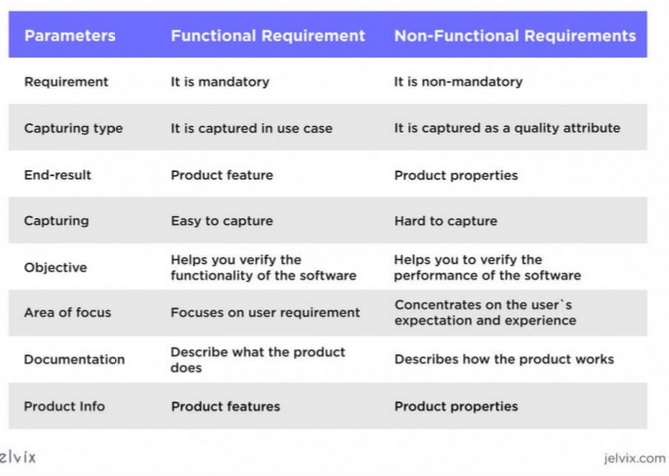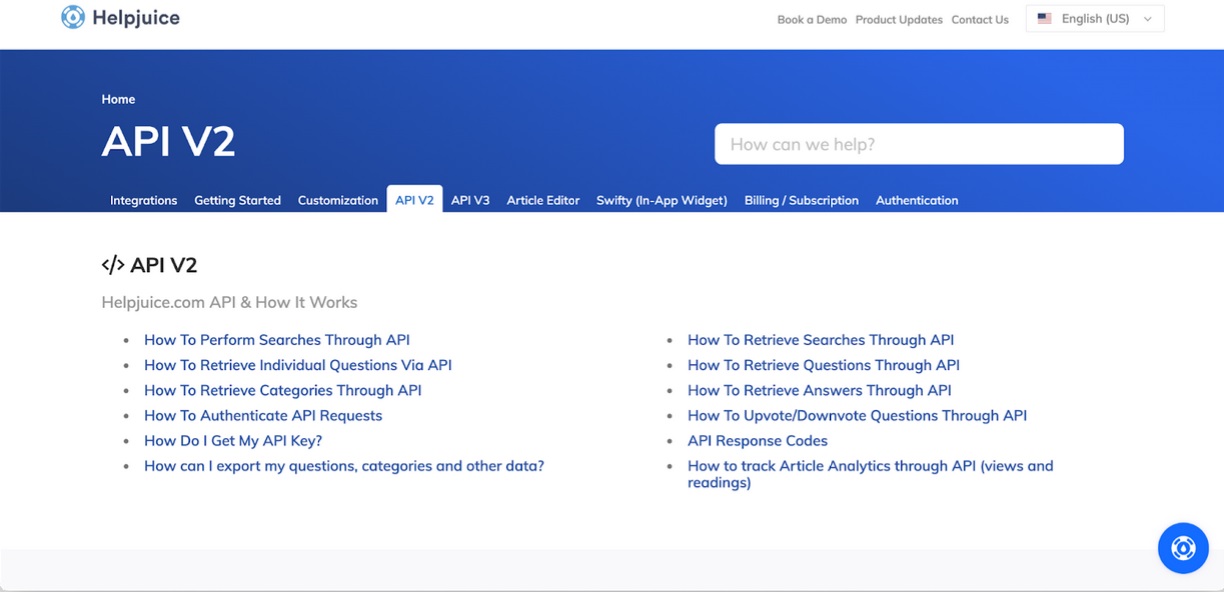
In the vast world of technology, imagine setting off on an expedition without a map or a compass.
Sounds daunting, right?
This is precisely the scenario when developers and stakeholders embark on a project without a technical specification document. Consider this: a recent study showed that nearly 71% of software projects that failed did so because of a lack of clear requirements. At the heart of these requirements lies the often underestimated, yet invaluable, technical specification document. This document doesn't just translate business needs—it crystallizes them, ensuring that every step taken is in the right direction. It's the bridge that turns abstract ideas into tangible outcomes.
A technical specification document is more than just words on a page; it's a meticulously crafted guide that showcases the what, why, and how of a project. It's about fostering understanding, eliminating ambiguity, and paving a clear path for innovation and success.
In the upcoming sections, we will dive deep into the art of crafting this crucial document, uncovering its nuances and the expertise it demands. Whether you're an industry veteran or just beginning your journey, this guide will help you master the art of writing an impeccable technical specification document.
A Technical Specification Document, often referred to as a Tech Spec, is a detailed blueprint of a product development project.
It translates complex business requirements into an understandable plan of action for the team, bridging the gap between non-technical stakeholders and developers. You can sum up the tech spec document as:
Think of a technical specification document as the DNA of your project. Like the intricate and unique blueprint within every living organism, your tech spec outlines your product or system's specific characteristics and functions.
It describes what the project is, the features it includes, its behavior, its interactions, and any constraints. Essentially, a well-crafted tech spec forms a comprehensive guide, enabling every team member to understand the product, its purpose, and their role in bringing it to life.
A technical specification document plays an integral role in any project, particularly in the realm of software development. It acts as a crucial reference point for all stakeholders, ensuring everyone is on the same page regarding the project's objectives and execution.
So, why don't we explore why this document is an absolute game-changer? Here is why:
In essence, a technical specification document is much more than just a set of instructions for the developers. It is a vital instrument that drives the project toward success, making it indispensable in any development process.
If you're aiming for project success, mastering the technical blueprint is a crucial step. Let's unpack what goes into crafting a standout technical specification document. To help you better grasp the concept, we'll also include some real-world examples along the way.
Grasping the essence of the project is the foundation of any successful tech spec. This phase is about answering the question, "What are we building?" It's about taking abstract ideas from various stakeholders and translating them into clear, concrete objectives. Here are some tips to guide you:
Understanding and defining the project's requirements sets the stage for the rest of your Technical Specification Document. It provides the necessary context and objectives that guide the following stages of scope definition, requirements breakdown, and technical detail.
After understanding the project's requirements, the next step is to clearly define the scope. This part of the tech spec serves as a boundary that outlines what will be included in the project (In-Scope) and what will not be included (Out-of-Scope).
Let's delve into how to effectively define your project's scope.
By clearly defining the scope, you're setting clear boundaries for your project. It helps to ensure that all stakeholders understand what the project will deliver, and, equally importantly, what it won't.
Leveraging your organization's knowledge base at this juncture can also be extremely beneficial. It can offer historical insights about previous projects, their scopes, and the challenges faced during implementation.
You can use these insights to anticipate potential scope-related issues in your current project and make informed decisions when defining and prioritizing features. This wealth of shared organizational knowledge can greatly contribute to project success, streamlining your scope definition process.
Embarking on the journey of drafting technical documentation brings you face-to-face with two paramount categories of requirements: Functional and Non-Functional. These aren't just labels; understanding and distinguishing between them is a linchpin for a robust technical specification.

In the grand scheme, the technical specification's integrity rests on the balance between these two pillars. While functional requirements set the stage for the system's duties, the non-functional ones ensure the performance is up to mark, leading to a product that's not just technically sound, but also user-centric.
Having dissected the functional and non-functional cornerstones, you're now set to plunge into the backbone of your documentation - the technical specifications. This is where the abstract takes shape, where conceptual requirements start their journey towards concrete implementation.
System Specifications: Begin by charting out the Tech Stack. What technologies will breathe life into your project? This includes the programming languages you'll speak, the frameworks you'll lean on, databases that will be your data sanctuaries, and other crucial platforms or tools. Following the tech stack, map out the Architecture Design. Illuminate the intricate web of how different system components will harmonize, how data will waltz through different channels, and how modules will orchestrate their roles in the grand symphony.
Such a detailed blueprint aids in preventing architectural conflicts and ensuring that the team members have mutual architectural clarity.
API Specifications: For projects where APIs are the unsung heroes, detailing their characteristics becomes paramount. Document aspects like:
These nuances ensure that the API integration proceeds without a hitch, minimizing developmental friction.
Interface Specifications: Venture next into the realm of the user's touchpoints - the User Interfaces. Chronicle not just the visual panorama of screen layouts, but also the interaction narratives, the flow of navigation, and the elements that users will interact with. To elevate this section:
A richly articulated technical specification is akin to a lighthouse. It not only illuminates the developmental path but also safeguards the project against the treacherous waters of ambiguity and potential misunderstandings.
In our rapidly evolving digital world, the specters of data breaches and cyber threats loom large. It's no longer a choice but a necessity to anchor your technical specification document in robust security and compliance standards. Here's how to weave these elements seamlessly into your project:
By holistically integrating security and compliance from the get-go, your tech spec does more than guide development—it becomes a pact of trust. It promises stakeholders that the project will run smoothly, all while nestling within a protective cocoon that upholds user safety and regulatory requirements.
Writing down the specifications is vital, but visualizing the project through diagrams can provide additional clarity and aid understanding. Here's why you should consider including diagrams in your tech spec:
In essence, diagrams are powerful tools that complement the written tech spec. They can make complex systems easier to understand, streamline communication, and reduce the chances of misunderstanding or oversight.
Writing a precise technical blueprint is an art that balances clear communication, attention to detail, and the ability to anticipate future developments. Here are some key considerations to help you master this art:
In short, writing a precise tech spec requires a balance of detailed, clear, and accessible information. Using visuals, providing clear definitions, and being open to iteration, can help you craft a tech spec that effectively guides your project toward success.
Below are a few real life examples of technical documentation…

The Helpjuice API v2 technical documentation provides a real-world example of a tech spec document. It covers several key areas that are typically found in such documents, including:

BMC responds to the need for fast and clear answers in their technical documentation by enhancing their documentation with expanded macros and clear content overviews.

AWS provides a classic example of system requirements documentation. With millions of users worldwide, they provide clear information on compatible software to be used in their environment to easily onboard their customers.
CA Technologies provides extensive documentation in multiple languages and versions, fostering a global user community through comments and shared insights.
Crafting a well-structured technical specification document isn't just about adhering to industry standards—it's a strategic blueprint, transforming intricate business ideas into tangible development strategies. With this approach, everyone, from clients to developers, is synchronized, ensuring a seamless translation from concept to code.
Each step we've detailed, from the initial scope to the final visualization, is integral to this mission. But what does this look like in real-world application?
In the heart of the insurance sector, Assurant embarked on a mission to elevate their technical documentation process. Over an expansive span of four years, they rigorously assessed 91 platforms, initially leaning towards ServiceNow. However, as circumstances changed and the need for a platform tailored specifically for technical communication arose, Helpjuice emerged as the clear choice.
This shift wasn't merely procedural—it delivered tangible results:
Misael Cedillos, Assurant's Senior Business Information Content Designer, encapsulated their journey, highlighting how Helpjuice's intuitive platform changed their approach to technical documentation, placing the user's experience at the forefront.
By integrating these steps with utmost clarity and precision, you are equipped to construct compelling technical specification documents that lay the foundation for project success. And remember, in tech specs, it's the intricate details that elevate a document from good to exemplary.
Yet, crafting a masterpiece isn't solely reliant on expertise—it's also about leveraging the right tools. Helpjuice isn't just another platform; it's an experience tailor-made to elevate your technical documentation journey.
Dive into our knowledge base software & experience the Helpjuice advantage with a 14-day free trial.
Here's to creating, innovating, and elevating the world of technical documentation. Write on!